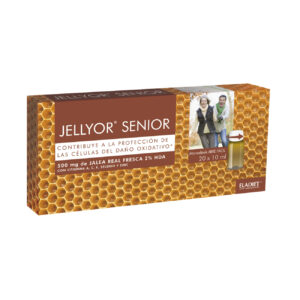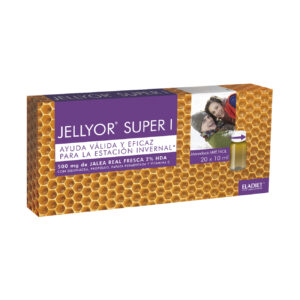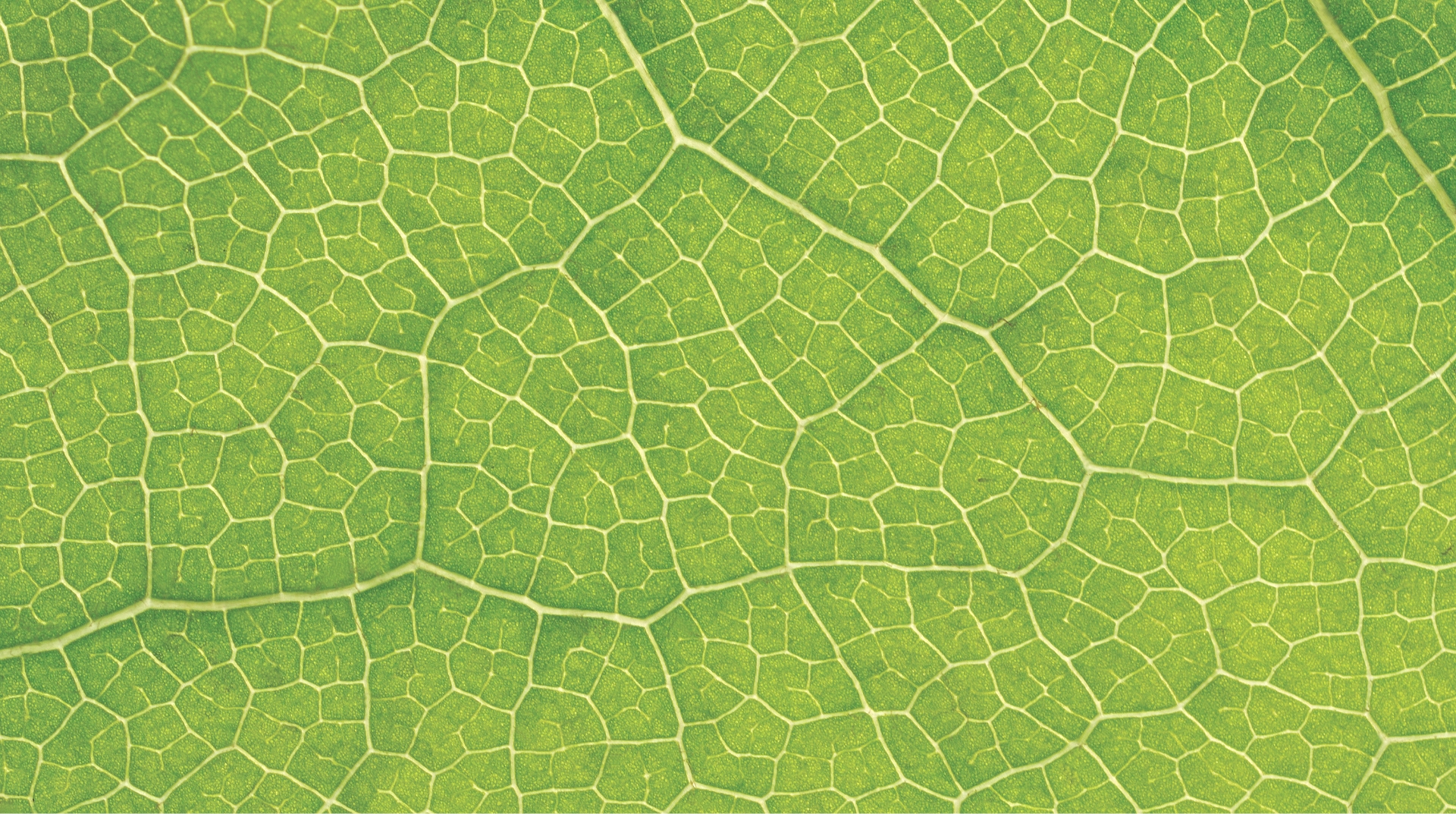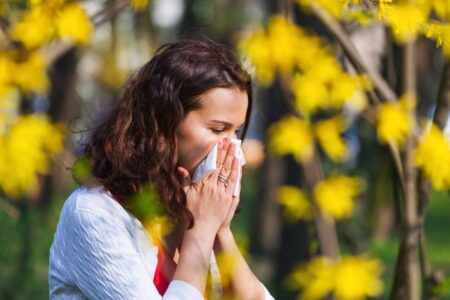
What is Propolis?

Propolis is a waxy resin with a complex composition and a viscous consistency. Bees make it from resins, essential oils from different plants, pollen and wax and use it for the construction, repair, insulation and protection of the hive.
The term propolis is derived from the Greek (pro-delante and polis-city) and means "defender of the city". In fact, this substance forms part of the entrance of the hive, where the bees make a mat with propolis to sanitise all individuals entering the hive and prevent them from contaminating the interior.
The substance is also known as 'bee glue', 'hive cement' or 'Russian penicillin'.
Bees (Apis mellifera), with their mandibles, collect resinous particles and aromatic secretions from the buds and shoots of trees and plants such as pine, fir, oak, willow, birch, poplar, elm and horse chestnut, among others. Once in the hive, the bees mix these substances with wax, pollen and salivary secretions to obtain propolis.
Propolis is aromatic, yellow in colour and has a characteristic bitter, slightly pungent taste.
Propolis is used as a building material to repair cracks in the hive and also to mummify small animals that are introduced into the hive and which, once killed by stings and poison, can affect the health of the swarm if left to decompose. For this reason, these intruders are walled in with propolis to prevent them from rotting and microbial contamination inside the hive.
In folk medicine, propolis has been used orally for tuberculosis, bacterial and fungal infections, protozoan infestations, nasopharyngeal disorders, treatment of the common cold, swine flu and to increase the body's defences. It has also been used to treat gastrointestinal disorders including Helicobacter pilori infections in peptic ulcers. It has also been used as an antioxidant and anti-inflammatory agent.
Topically, it has also traditionally been used for cleaning wounds, genital herpes and as a mouthwash to prevent infection after tooth extractions. On the skin it has also been used for burns.
Properties and biological activity of propolis.
According to the various authors consulted, propolis is a product widely used as a food supplement and has been of extraordinary interest to medicine and the pharmaceutical industry.
Anti-inflammatory, immunostimulant, hepatoprotective, carcinostatic, antimicrobial, antiviral, antifungal, antiprotozoal, anaesthetic and tissue regeneration effects are attributed to it (FARRE-FRASQUET-SANCHEZ, 2004).
Propolis contains flavonoids, including quercetin, apigenin, pinocembrin, galan- gin, pinobanksin and pinobanksin-3-acetate. These compounds, besides being toxic to yeasts, inhibit the enzymatic activity of hyaluronidase. In addition, caffeic acid and hydrofolate may explain their activity similar to that of non-steroidal anti-inflammatory drugs.
When studying antifungal, antiviral and antibacterial activity, propolis is shown to be effective against fungi and Gram (+) bacteria, regardless of their geographical origin, and against influenza virus.




